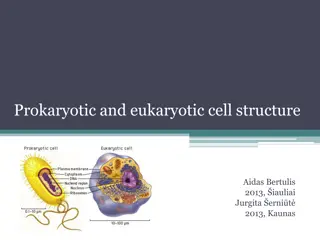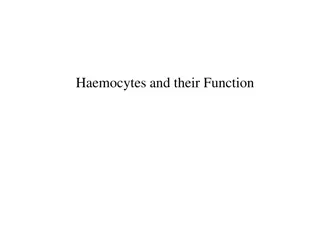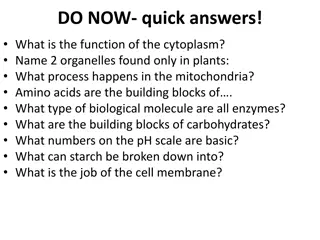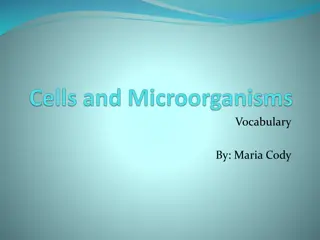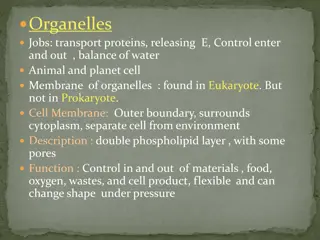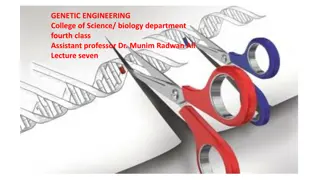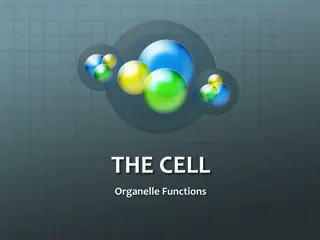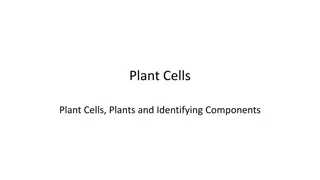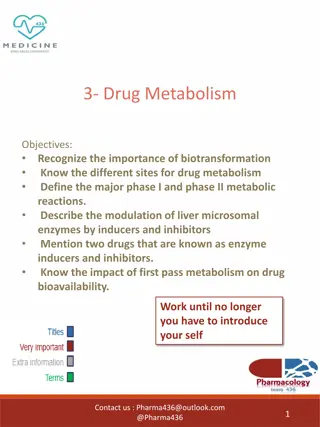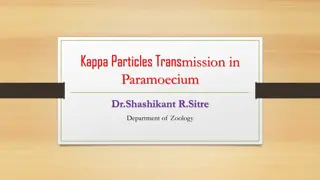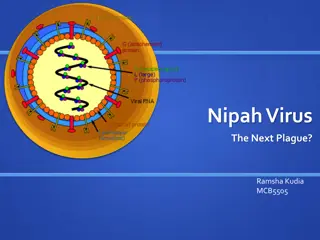
Cell Organelles and Their Functions
Explore the role of various cell organelles such as vesicles, vacuoles, lysosomes, centrioles, and the nucleus in cellular processes. Learn how these structures contribute to metabolism, enzyme storage, waste disposal, and cell division. Discover the importance of the cell nucleus as the control center for genetic material and cell activities.
Uploaded on | 2 Views
Download Presentation

Please find below an Image/Link to download the presentation.
The content on the website is provided AS IS for your information and personal use only. It may not be sold, licensed, or shared on other websites without obtaining consent from the author. If you encounter any issues during the download, it is possible that the publisher has removed the file from their server.
You are allowed to download the files provided on this website for personal or commercial use, subject to the condition that they are used lawfully. All files are the property of their respective owners.
The content on the website is provided AS IS for your information and personal use only. It may not be sold, licensed, or shared on other websites without obtaining consent from the author.
E N D
Presentation Transcript
Vesicles Vesicles are cellular organelles that are composed of a lipid bilayer Vesicles also function in metabolism and enzyme storage as well
Vacuoles vesicles that contain mostly water They are able to regulate the pressure and water level of the cell to control the conditions of the internal environment.
Lysosome They are spherical vesicles which contain hydrolytic enzymes that can break down virtually all kinds of biomolecules. The lumen's pH (4.5 - 5.0) is optimal for the enzymes involved in hydrolysis Besides degradation of polymers, the lysosome is involved in various cell processes, including secretion, plasma membrane repair, cell signalling, and energy metabolism The lysosomes also act as the waste disposal system of the cell by digesting unwanted materials in the cytoplasm
Lysosomes are known to contain more than 60 different enzymes. Enzymes of the lysosomes are synthesised in the rough endoplasmic reticulum. The enzymes are imported from the Golgi apparatus in small vesicles, which fuse with larger acidic vesicles.
Centrioles All animal cells have two small organelles known as centrioles. The centrioles help the cell to divide. Centrioles are seen the process of mitosis and meiosis. The centrioles together are typically located near the nucleus in the centrosome. Centrioles are made of nine bundles of microtubules, that are arranged in a ring. The absence of centrioles causes divisional errors and delays in the mitotic process.
The Nucleus The cell nucleus acts like the brain of the cell Not all cells have a nucleus
Nucleus has two major functions it stores the cell's hereditary material, or DNA it coordinates the cell's activities, which include growth, intermediary metabolism, protein synthesis, and reproduction

